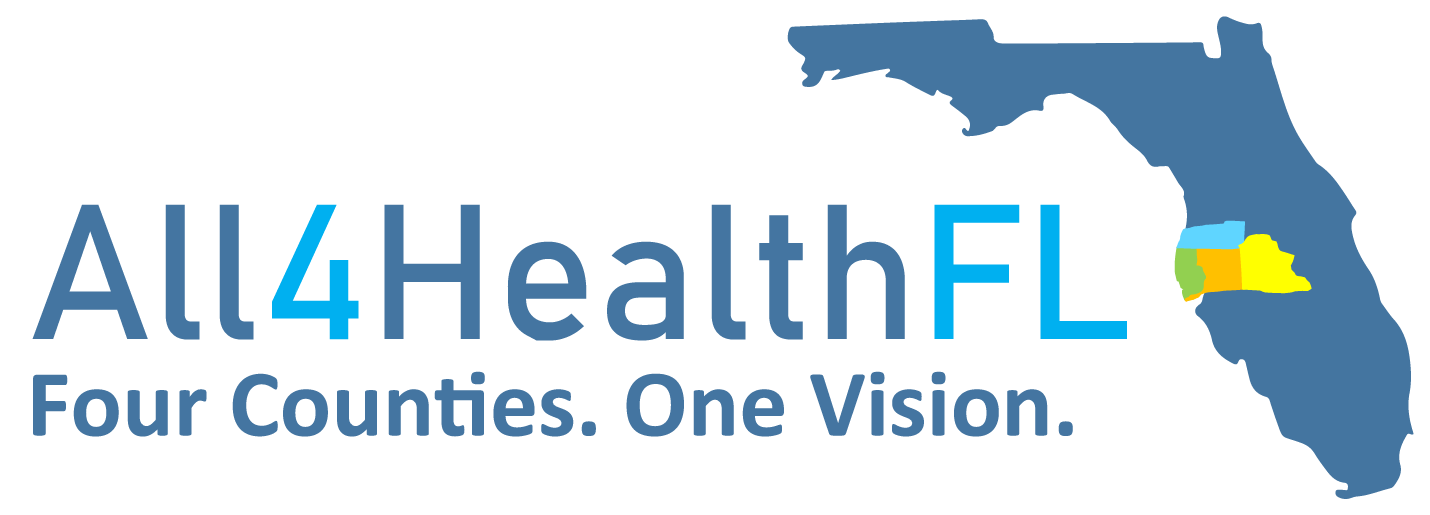Promising Practices
The Promising Practices database informs professionals and community members about documented approaches to improving community health and quality of life.
The ultimate goal is to support the systematic adoption, implementation, and evaluation of successful programs, practices, and policy changes. The database provides carefully reviewed, documented, and ranked practices that range from good ideas to evidence-based practices.
Learn more about the ranking methodology.
Filed under Evidence-Based Practice, Community / Social Environment, Children, Families
Goal: The goal of this program is to reduce child behavior problems and delinquency and substance abuse among adolescents, to improve parenting knowledge and skills, and to strengthen the relationship between adolescent and parent.
Impact: Findings from studies show an association between Parenting Wisely participation and improvements in family problem solving, family roles, family involvement, parenting self-efficacy, parenting sense of competence, and decreased adolescent violent behavior.
Filed under Evidence-Based Practice, Health / Oral Health, Children, Families, Urban
Goal: The goal of this intervention was to involve pediatricians to help reduce rates of early childhood caries.
Impact: The multifaceted ECC intervention was associated with increased provider knowledge and counseling, and significantly attenuated incidence of ECC, showing that similar interventions could have the potential to make a significant public health impact on reducing ECC among young children.
Filed under Evidence-Based Practice, Health / Immunizations & Infectious Diseases
Goal: The goal of Partnership for Health is to reach HIV positive patients during regular doctor visits and increase their knowledge, skills, and motivations to practice safer sex.
Impact: Brief provider counseling emphasizing the negative consequences of unsafe sex can reduce HIV transmission behaviors in HIV-positive patients presenting with risky behavioral profiles.
Filed under Evidence-Based Practice, Health / Physical Activity, Racial/Ethnic Minorities
Goal: Pasos Adelante is a lifestyle intervention that aims to prevent and control chronic disease such as heart disease and diabetes in Mexican Americans by providing a supporting environment for improving nutrition and increasing walking activity in U.S.-Mexico border communities.
Filed under Evidence-Based Practice, Economy / Housing & Homes, Adults, Urban
Goal: The goal of Pathways to Housing, Inc. is to provide independent housing, treatment services for physical and mental health, and employment to mentally ill individuals who are chronically homeless.
Impact: Pathways to Housing has received numerous awards for its projects in New York City, Philadelphia, and D.C. In addition to achieving large effects in terms of housing outcomes, compared with standard care in the community, Housing First also improves community functioning and quality of life.
Filed under Evidence-Based Practice, Health / Health Care Access & Quality
Goal: The Goal of this Promising Practice is to determine whether a tailored community health worker (CHW) intervention would improve post-hospital outcomes among low-SES patients.
Impact: This intervention would improve access to primary care and quality of discharge while controlling recurrent readmissions in a high-risk population. Health systems may leverage the CHW workforce to improve post-hospital outcomes by addressing behavioral and socioeconomic drivers of disease.
Filed under Evidence-Based Practice, Health / Cancer, Adults, Rural
Goal: The goal of this program is to improve communication between providers and patients about colorectal cancer screening.
Filed under Evidence-Based Practice, Education / School Environment, Children
Goal: The goal of this program is to reduce youth violence and aggressive behavior by initiating prevention early in childhood, increasing children's resilience, and reinforcing positive behaviors.
Impact: One evaluation found that there was an 89% decrease in physical aggression and an 82% decrease in verbal aggression for participating students.
Filed under Evidence-Based Practice, Education / School Environment, Children, Teens, Urban
Goal: The goal of this program is to reduce aggressive behavior among children and adolescents.
Impact: An evaluation found significant, positive program effects on six of the seven variables assessed, including knowledge of psychosocial skills, self-reported aggression, and teacher-reported aggression, with a 41% decrease in aggression-related disciplinary incidents and a 67% reduction in suspensions for violent behavior.
Filed under Evidence-Based Practice, Education / School Environment, Children, Teens
Goal: The goal of this program is to improve the school environment by reducing violence, assaults, discipline referrals, and increasing academic performance.
Impact: An evaluation found that discipline referrals decreased by 57.7%, assaults decreased by 90.2%, and expulsions decreased by 73.0% in participating schools.
